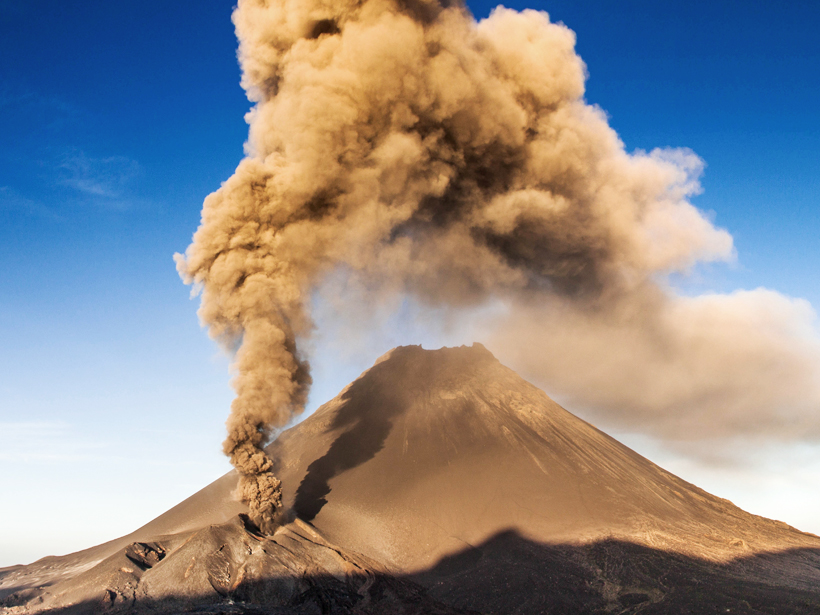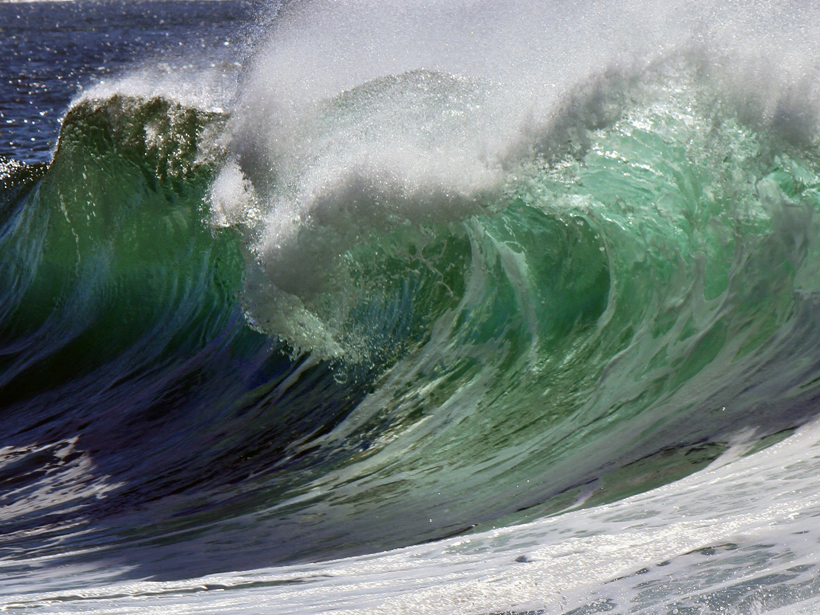Simulations that melded volcano topography, satellite observations, and virtual lava accurately anticipated the destruction of villages 18 months ago by Cape Verde's Fogo volcano.
lava & magma
Space Telescope Findings Suggest Molten Planetary Surface
Researchers studying the super-Earth 55 Cancri e spotted some puzzling features that provide a new vision of the orb's surface.
Radar Technique Shows Magma Flow in 2014 Cape Verde Eruption
The European Space Agency's Sentinel-1 satellite captures volcanic surface changes that reveal the flow below.
Satellites Reveal the History of the Moon's "Frigid Sea"
The history of aluminum-rich basalts in Mare Frigoris may help scientists better understand the evolution of the lunar mantle.
Hawaii’s Swelling Lava Lake Charts a Volcano’s Hidden Plumbing
Geophysicists used unique seismic signatures to track the cyclic rise and fall of lava inside Hawai'i Volcanoes National Park's Overlook crater.
Team Gets Firsthand Look at the New Holuhraun Eruption Site
Iceland 2015: Field Workshop on Active Lava–Water Interactions; Holuhraun, Iceland, 20–28 August 2015
Earth's Water Came from Space Dust During Planetary Formation
A new analysis of lava from the deep mantle indicates that water-soaked dust particles, rather than a barrage of icy comets, asteroids, or other bodies, delivered water to the newly forming Earth.
Dating Lava Domes in California's Salton Trough
Scientists use a trio of techniques to resolve the age and duration of rhyolite volcanism of the Salton Buttes.
Evidence for Volcanoes on Venus
Infrared light from the planet's surface shows hot spots that might be caused by lava.
A Magmatic Seafloor Source at an Ultraslow-Spreading Ridge
An ultraslow-spreading stretch of the Southwest Indian Ridge is thicker than expected: both tectonic and volcanic processes may be feeding the growing seafloor there.









